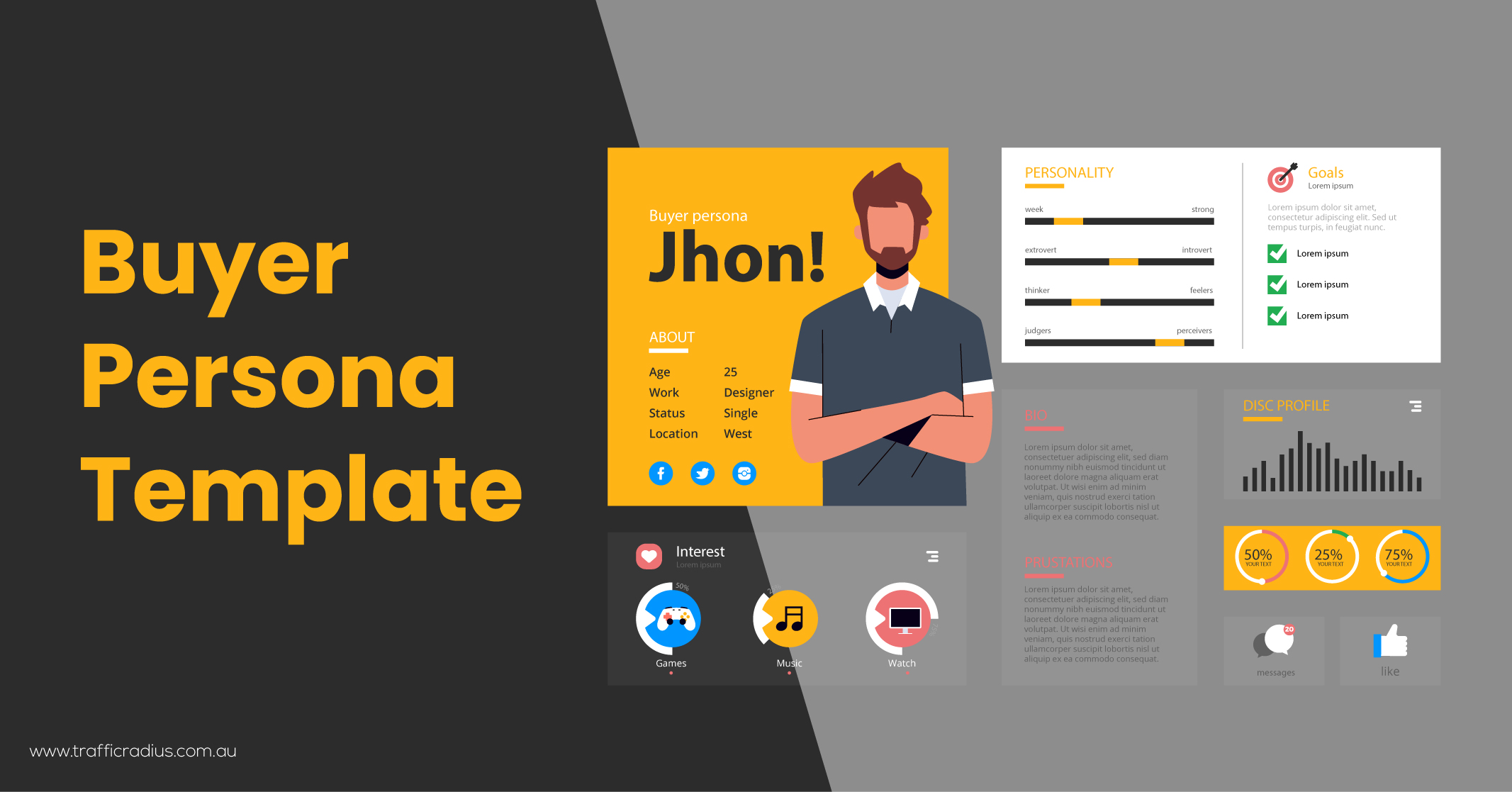I hope you enjoy reading this blog post.
If you want to get more traffic, Contact Us

Click Here - Free 30-Minute Strategy Session
Be quick! FREE spots are almost gone for this Month. Free Quote

Content marketing stands as a paramount digital promotional strategy in today’s landscape, and I assure you, this assertion holds true without any bias. Now, let’s delve into the realm of effective content marketing and explore ten actionable tips accompanied by real-world examples, enabling you to apply your knowledge more practically.
Rather than inundating you with tactics that you may already come across, I’ll focus on presenting invaluable insights to empower your brand’s message delivery to your target audience and achieve market leadership within your niche. Rest assured, these approaches are versatile and applicable for businesses of all sizes and stages, whether you seek content marketing tips for small businesses, startups, or enterprise applications.

Click Here – Free 30-Minute Strategy Session
Be quick! FREE spots are almost gone for this Month
So, without further ado, let’s embark on this journey of optimising your content marketing plans and endeavours and witnessing your brand flourish.
Learn More: Content Marketing Best Practices
Begin by setting clear and measurable objectives. When your marketing goals are well-defined and quantifiable, you gain the ability to assess your performance objectively. This empowers you to make data-driven adjustments and stay on track towards achieving your desired outcomes, while also providing early warnings if you veer off course.

Choose the key performance indicators (KPIs) that align with the marketing activities you wish to monitor. Subsequently, gauge your current metrics to establish a baseline and create benchmarks for comparison.
Among the vital digital marketing metrics at your disposal, you’ll find:
1. Website Traffic: Measurable for the entire site or segmented by channel.
2. Exit Rate: Reflecting the frequency of visitors leaving your site from specific pages.
3. Engagement Rate: Gauging the frequency of followers’ actions, such as liking or sharing content marketing strategies.
4. Average Time on Page: Determining the average duration visitors spend on a page.
5. Bounce Rate: Indicating how often visitors leave a page without taking the desired action.
6. Conversion Rate: Assessing the percentage of successful conversions.
7. Customer Acquisition Cost (CAC): Analysing the expenses incurred to acquire a new customer.
8. Return on Investment (ROI): Evaluating the returns generated compared to the initial investment.
These represent just a few of the most common marketing Key Performance Indicators (KPIs). The specific metrics you should track will depend on your unique content marketing examples and objectives.
Understanding your audience is crucial to effectively reach them. By defining your target audience, you gain insights into the channels they prefer, enabling you to engage with them more efficiently. This process also allows you to identify their needs, providing valuable information to create content that resonates with their interests – a truly strategic approach.
To establish your target market, initiate the process by creating buyer personas that represent the primary segments of your audience. These personas organise audience segments based on demographics, communication preferences, purchasing objectives, and requirements. Utilising a buyer persona template can aid you in developing comprehensive personas suited to your specific needs.
To populate the template, conduct market research on your existing customers, explore insights within your industry, and analyse content from your competitors. Additionally, consider collaborating with influencers who can effectively promote your content on platforms frequented by your target audience.
By diligently crafting buyer personas and garnering valuable data, you’ll be better equipped to tailor your content marketing strategy to resonate with your audience effectively.
Create strong personas for your brand to attract more buyers.

As an eCommerce retailer aiming to create engaging content for your audience, you can leverage behavioural analysis and audience insights tools. Through these tools, you can delve into valuable data about your website visitors, such as their online activity patterns, geographical locations, demographic traits, and specific areas of interest.
Armed with this comprehensive understanding, you can craft content that resonates with your audience’s preferences and effectively cater to their needs.
Similar to web developers prioritizingsing user-friendliness for enjoyable browsing and increased conversions, content marketing guide also places great emphasis on enhancing reader experience. The ultimate goal is to evoke the desired emotional and cognitive response from the audience, leading them to take further actions after engaging with your content.
By creating content that captivates and resonates with readers, you pave the way for a more impactful and rewarding content marketing strategy.
Crafting a remarkable reader experience hinges on both the content itself and its design. Utilise thorough market research to ensure your content aligns with the topics and keywords that resonate with your audience’s interests. Address their specific needs and provide valuable solutions to their challenges. To encourage the desired follow-up response, incorporate a clear and compelling call to action.
On the design front, prioritise readability by employing elements such as headings and lists, which enhance content digestibility. A well-structured layout and visually appealing design will create a seamless reading experience for your audience, enabling them to absorb the information effortlessly. By integrating content and design cohesively, you can optimise the impact of your content marketing templates and efforts and forge a lasting connection with your readers.
An excellent way to prioritise reader experience is by utilising a how-to article format. This format allows you to convey the content’s purpose to your readers directly through the title, making it relevant and appealing to both your audience and search engines.
A how-to article can be structured as a list or a series of step-by-step instructions, ensuring ease of reading and understanding. Whether presented as written content or in video form, this format works equally effectively as a valuable marketing strategy to engage and educate your audience.
By adopting the how-to approach, you create content that is user-friendly, informative, and engaging, thus enhancing the overall reader experience.
The “HHH” model of content marketing, initially developed by Google for YouTube’s video marketing strategy, has been adapted for other promotional channels. It categorises content into three types:
1. Hygiene Content: Evergreen content using keywords and popular topics, such as how-to guides and FAQ lists, to attract new readers.
2. Hub Content: Focused on outbound channels, showcasing authority in a topic, and engaging the audience.
3. Hero Content: Exceptional content to boost brand awareness among mass audiences.
In this model, most content falls into the hygiene category, followed by hub content, with hero content comprising the smallest segment. Organising content into pillar page guides and topic clusters helps create Google-friendly content that appeals to all target market segments and marketing funnel stages.
By adopting the “HHH” strategy, you can develop effective content marketing plans, templates, ideas, and examples to connect with your audience more precisely and achieve impactful results.
Learn More: The Dos and Don’ts of Google Helpful Content
To implement the HHH strategy, develop separate content calendars for each of the three primary categories. Begin with creating hygiene content, which serves as the foundational element of the HHH approach. Gradually expand into hub content, building topic clusters that cater to the interests of your social media followers and email subscribers.
Finally, craft hero content tailored to reach mass audiences, including captivating seasonal and holiday-themed content. By systematically organising your content creation process, you can effectively apply the HHH model to engage your target audience at various levels and stages of your marketing funnel.
We have compiled several pillar page examples that vividly demonstrate the HHH strategy in practical application. One of our pillar pages is a comprehensive guide to building a content marketing strategy, offering clear and concise guidelines. The content is structured in a reader-friendly format, ensuring easy navigation, and it strategically incorporates keywords and internal links to optimise SEO.
Another example from our blog’s content marketing section outlines the process of crafting an SEO-friendly article, serving as an excellent illustration of developing a topic cluster.
Now, take the template provided below and begin formulating your HHH strategy to enhance your content marketing guide.

INSERT TEMPLATE
Your brand voice represents the essence of your company, reflecting its personality and values through your content. A robust brand voice establishes a unique persona that influences how your audience views your business. It also aids in positioning your brand as an authoritative figure and fosters trust with your audience, nurturing lasting and meaningful relationships.
Begin by evaluating your existing brand voice, incorporating a thorough examination of your company’s mission statement and core values. Develop a chart that outlines the fundamental attributes of your voice, encompassing traits like helpfulness, knowledgeability, and practicality.
Summarise the key characteristics of your brand voice using relevant keywords, defining each term’s significance. Establish guidelines (“do’s” and “don’ts”) for your content creators to adhere to, ensuring consistency in your messaging and communication.
Following the review of your current brand voice, determine if any adjustments are necessary, and update your chart accordingly. This process will enable you to refine and align your brand’s voice, fostering a stronger connection with your audience and reinforcing your brand identity.
Slack, the office messaging provider, adopts a warm and supportive brand voice. They consistently offer assistance to users, effectively communicating this through various channels, including in-app messages and blog posts. Slack’s tone exudes a perfect blend of professionalism and enjoyment, making their interactions with users both informative and enjoyable.
The essence of compelling content lies in its ability to deeply resonate with your audience, encouraging them to take meaningful actions. Achieving engagement hinges on creating a personal connection through your content, while also providing actionable insights that inspire and motivate your audience to take the next steps.
Engage your audience by utilising second-person language, incorporating “you” and “your,” and addressing keywords and topics relevant to your market. To render your content actionable, provide practical tips and integrate clear calls to action that encourage your audience to take specific and purposeful steps. By speaking directly to your readers and offering valuable guidance, you foster a deeper connection and drive them to meaningful actions.
In our article about non-obvious copywriting tips, we adopt a personal tone, guiding you through short and practical suggestions to enhance your written content. The tips are effortlessly digestible and simple to implement, rendering the article both engaging and actionable. By incorporating these user-friendly insights, you can effectively elevate the quality of your written content.
When considering your content consumption habits, likely, you don’t limit yourself to reading blogs exclusively. You probably have favourite podcasts or YouTube channels that you follow. The same holds for your target audience.
To optimise your marketing efforts, it’s essential to create diverse content formats that cater to the various channels your audience frequents. This may include blogs, videos, podcasts, infographics, and engaging social media posts.
By adopting a multi-channel approach, you can effectively reach and engage your audience across different platforms, maximising the impact of your content marketing strategy.
The initial step is to discover the media platforms your audience engages with to interact with your brand and competitors. Based on this information, develop a content marketing strategy that aligns with your findings.
When producing non-written content, consider incorporating SEO elements like hashtags on social media or YouTube tags, which can significantly contribute to increasing views on YouTube.
For instance, we’ve compiled a post detailing 15 diverse types of video content you can create. Videos can serve various purposes, such as promoting a product or service, narrating your brand’s story, or presenting a compelling case study. By exploring these options, you can effectively engage your audience through visually captivating content.
Incorporating data into your content enhances its persuasiveness, and one effective method to present data is through infographics. Infographics simplify complex information, making it easily digestible for your audience, and they also facilitate seamless sharing across social media platforms. By leveraging infographics, you can captivate your readers while effectively communicating data-driven insights.
Begin by defining the purpose of your content and determining the specific type of data you wish to present. Next, gather all the required data to support your content.
Afterwards, carefully choose a format that effectively displays the data, offering your audience actionable, captivating, and user-friendly insights. Some of my personal favourites for data visualisation include statistical lists, bar charts, and pie charts.
By selecting the most appropriate format, you can convey information more effectively and engage your audience with compelling visual representations of the data.
We’ve created an informative “State of Content Marketing” infographic, artfully utilising bar charts, customised circular pie charts, and various graphics to visually encapsulate crucial data. Additionally, we have captivating infographics for “Social Media Marketing” and “Mobile Marketing” that showcase key insights.
These visual representations offer a compelling way to comprehend and appreciate the significant trends and statistics in the respective domains. Feel free to explore these infographics to gain valuable insights into the world of content marketing, social media marketing, and mobile marketing.
Regularly updating your content ensures its freshness and relevance to your audience. This approach serves as an effective method to prolong the lifespan of previously produced content, allowing you to maintain its value and appeal over time.
By consistently refreshing your content, you can continue to engage your audience and provide them with up-to-date and valuable information.
Organise your content in a structured format, like a spreadsheet, enabling you to conduct regular reviews and identify areas that require updating. Take particular note of content that receives significant traffic but may contain outdated information.
By indexing your content, you can efficiently track its performance and determine which pieces could benefit from timely updates. This systematic approach ensures that your audience continues to receive accurate and relevant information, maximising the value and impact of your content over time.
In 2021, we released a comprehensive article on content marketing trends. To ensure its accuracy and relevance, we revisited and updated the piece in 2022, reflecting the latest developments in the content strategy plan and marketing landscape.
Monitoring your content campaigns is essential to ensure your marketing endeavours yield the desired outcomes and a profitable return on investment. By tracking the performance, you gain valuable insights that allow you to replicate successful tactics and steer clear of ineffective ones. This data-driven approach empowers you to optimise your content strategy for maximum impact and success.
To effectively implement tracking, utilise a suitable dashboard and reporting tool to monitor your marketing Key Performance Indicators (KPIs). Schedule regular reviews to evaluate your performance and make necessary adjustments. This proactive approach ensures you stay on top of your content marketing efforts, enabling continuous improvement and successful outcomes.
To implement tracking, use a comprehensive marketing analytics dashboard and reporting tool to monitor essential KPIs like website traffic, conversion rates, and social media engagement. Schedule monthly reviews to assess the performance of your content marketing campaigns and identify trends or areas that require improvement.
For instance, if you notice that a particular blog post is driving a significant amount of traffic and conversions, consider creating more content on similar topics to capitalise on its success. Conversely, if a social media campaign is not delivering the desired engagement, reevaluate the best content strategy example and adjust your approach accordingly.
By regularly tracking and analysing your content marketing efforts, you can make data-driven decisions that optimise your campaigns, leading to improved results and a higher return on investment.
The valuable content marketing tips we’ve discussed here are vital elements that unlock the full potential of your strategy. To effectively utilise these content marketing tips, you must leverage the right technology. With Traffic Radius Digital Marketing Intelligence, you gain the power to elevate your content marketing strategy by accessing competitive intelligence to boost your website traffic.
Uncover invaluable insights by comparing your performance with that of your competitors. Explore their preferred channels, keywords, and successful promotional partnerships and advertising strategies that you can adopt as inspiration. Utilise these data-driven approaches to strengthen your content marketing endeavours and stand out in the digital landscape.
When you understand why content marketing is crucial, you can implement the best content strategy examples tailored to your needs. Embrace B2B content marketing strategies to connect effectively with your business audience. Diversify your efforts with various types of content marketing strategies to ensure success in your campaigns.
With a well-crafted content strategy plan, you can seize the opportunities that different types of content marketing offer. Recognise the importance of content marketing in driving engagement and brand recognition.
Embrace innovative content ideas for digital marketing to captivate and connect with your target audience effectively. By combining these strategies and insights, you can revolutionise your content marketing approach and propel your brand to new heights of success.
Create new content with Traffic Radius today!
Content marketing refers to a promotional strategy that utilises digital media to connect with target audiences and convert social media followers and website visitors into customers.
Content marketing holds significant importance as it provides one of the most cost-effective means to reach digital customers, whether they are searching or shopping on smartphones, laptops, desktops, or other devices.
The primary goals of content marketing encompass building brand awareness, driving website traffic, generating leads, and ultimately converting those leads into loyal customers.
Key content categories crucial for marketing success include blogs, ebooks, white papers, videos, podcasts, social media posts, and infographics.
A content calendar is a document used by marketing teams to plan and organise their content creation and publication schedule. It aids in maintaining consistency, tracking results, and strategically planning budgets. Content calendars can be tailored for specific marketing channels, such as a social media calendar.

LEAVE A REPLY